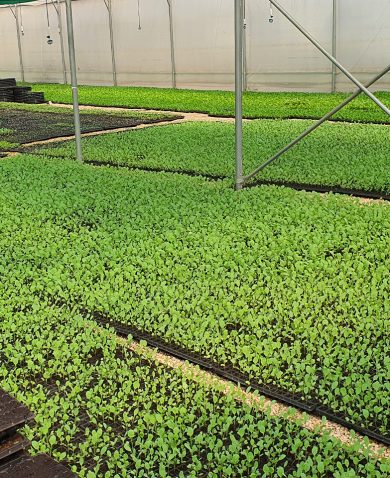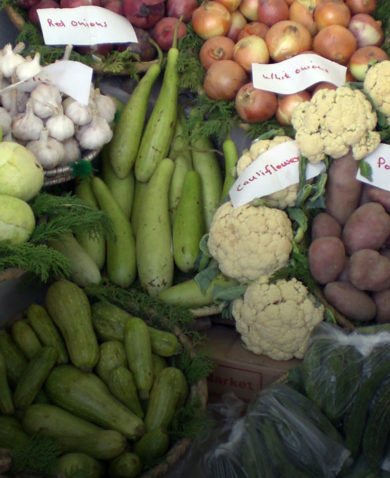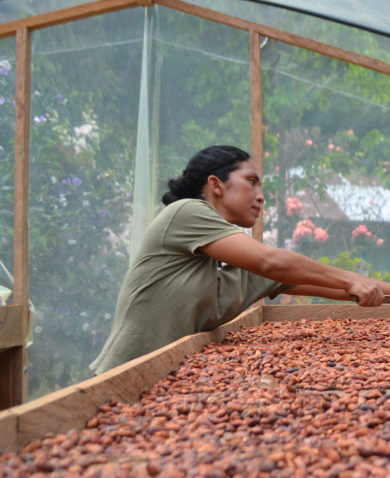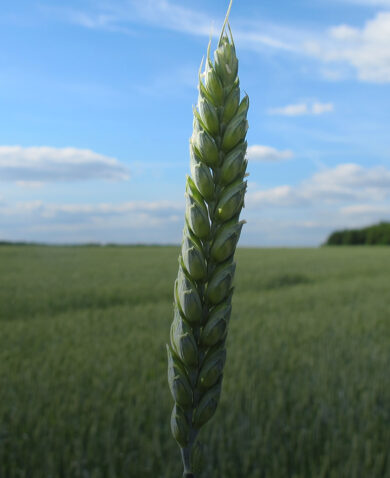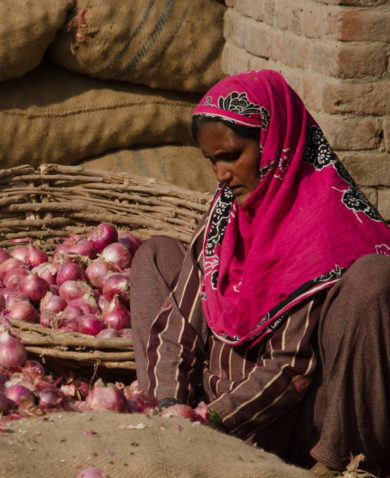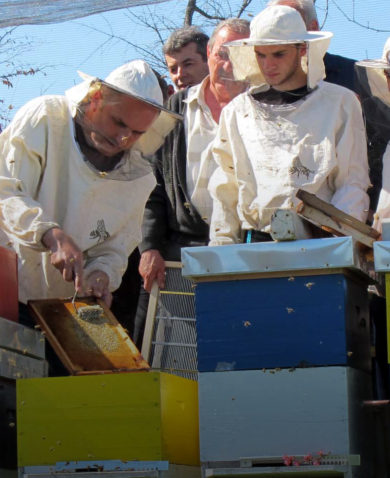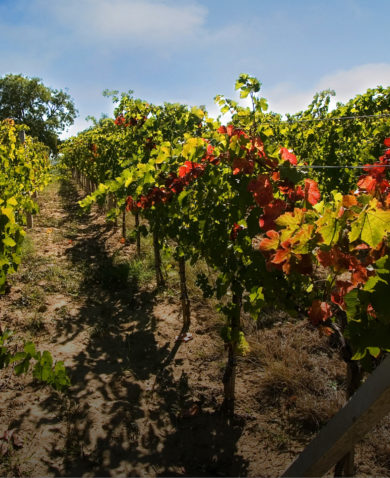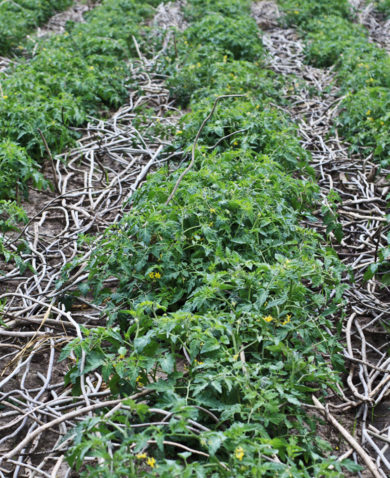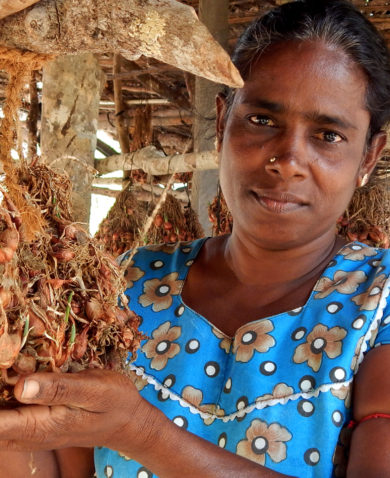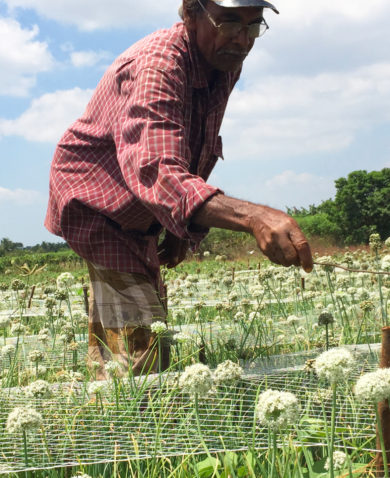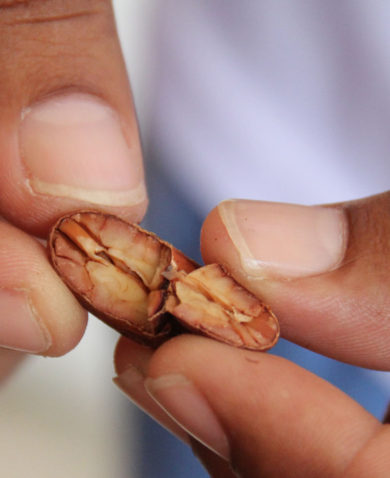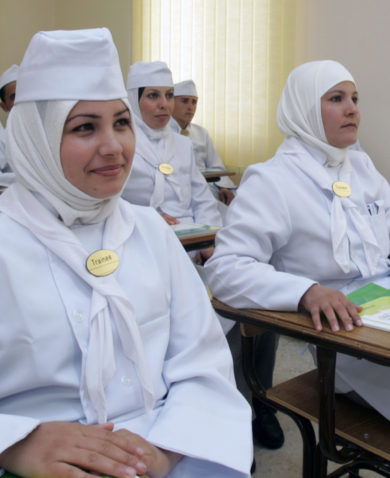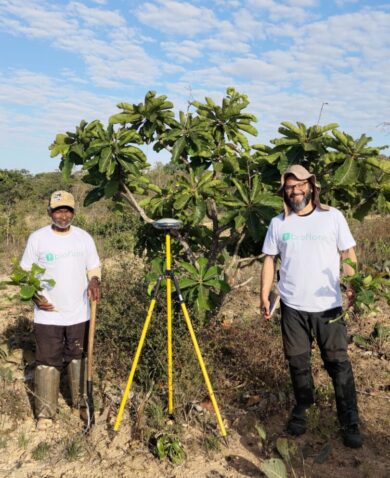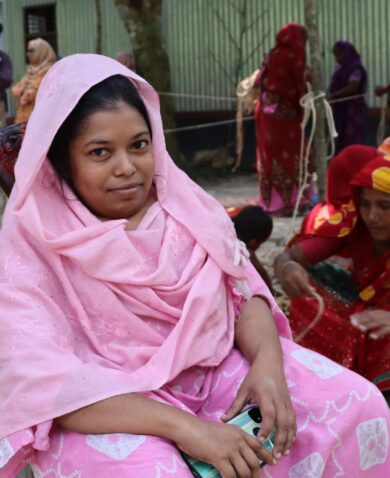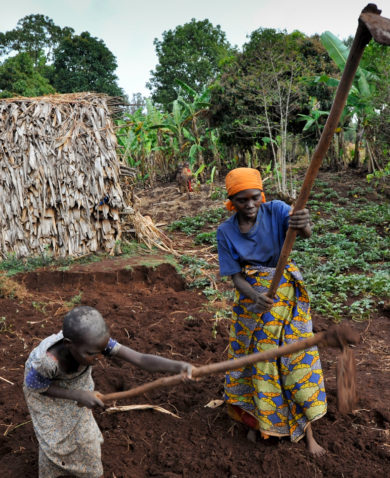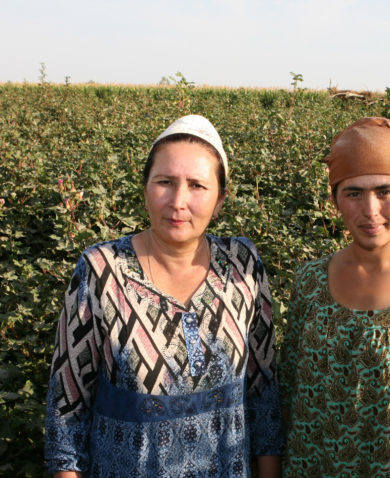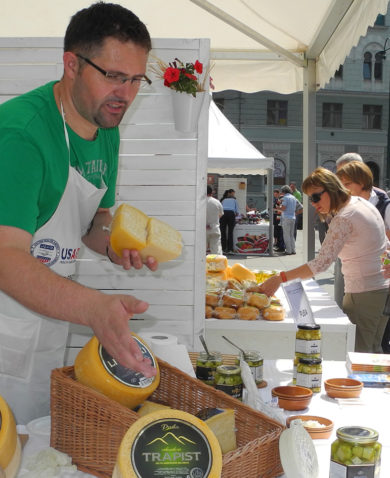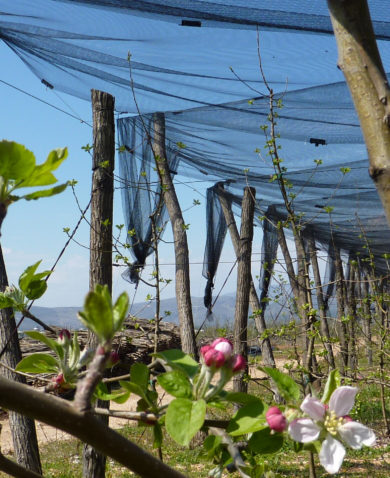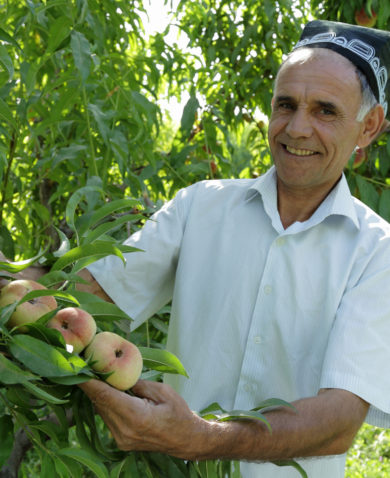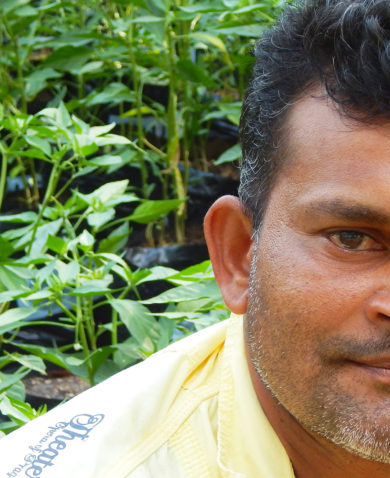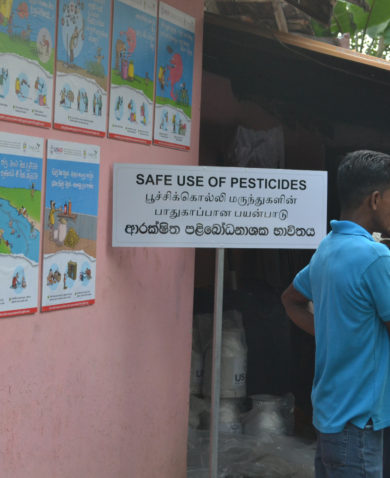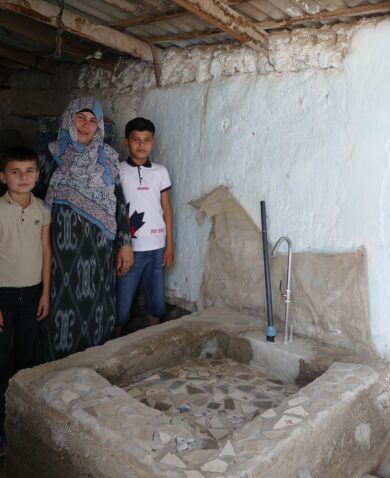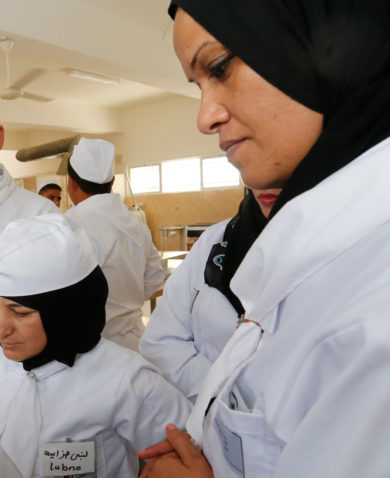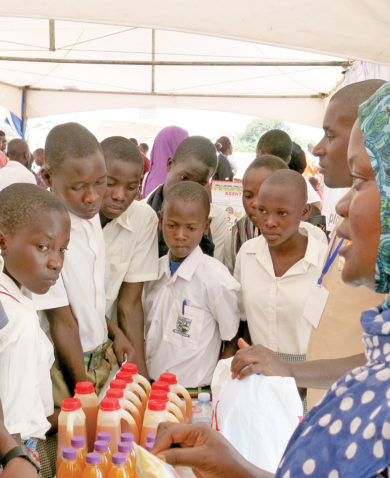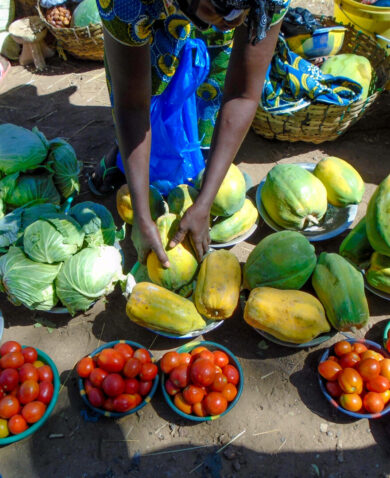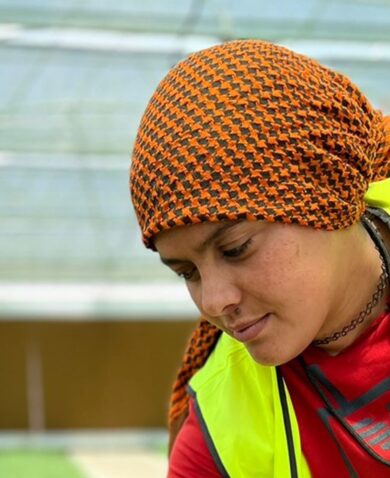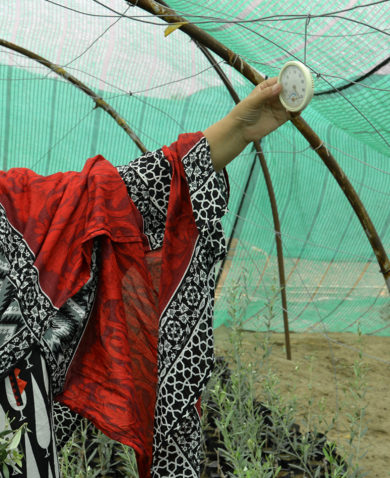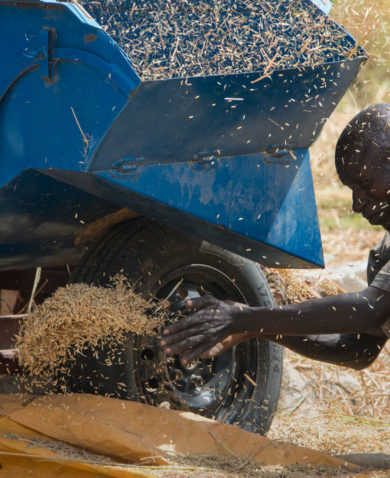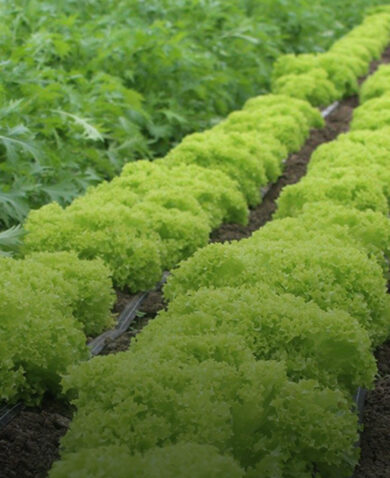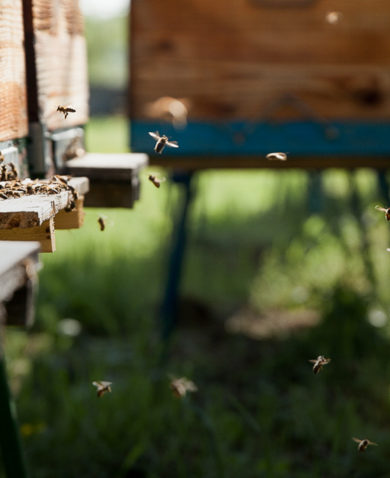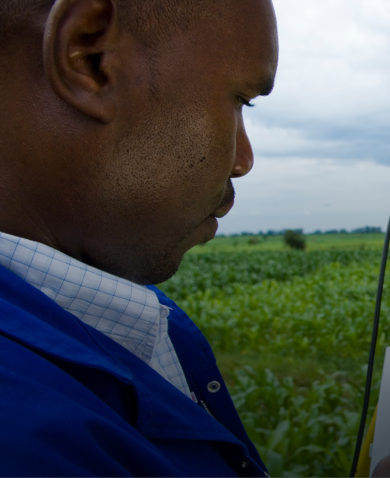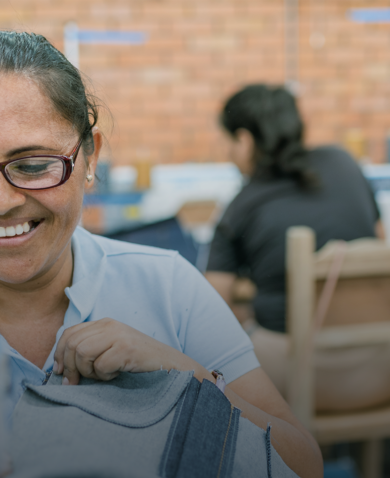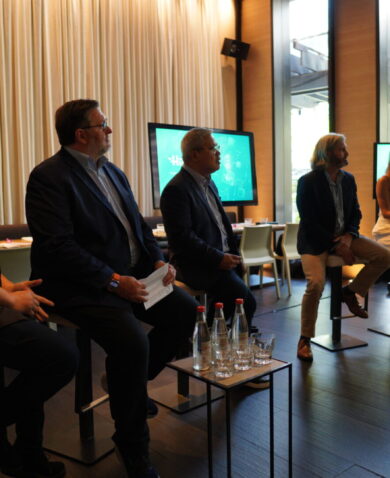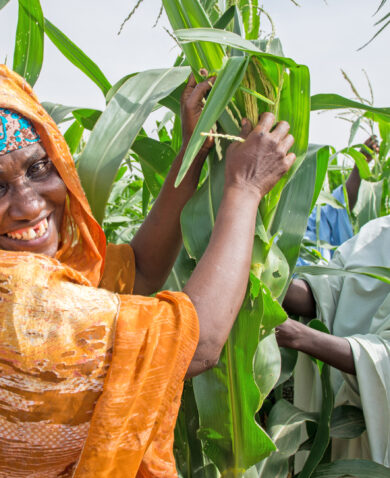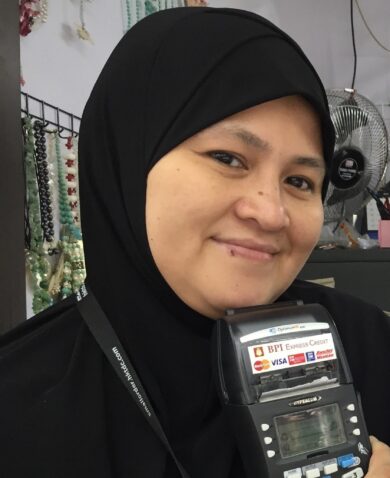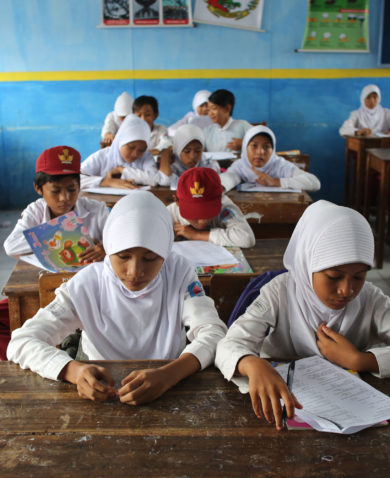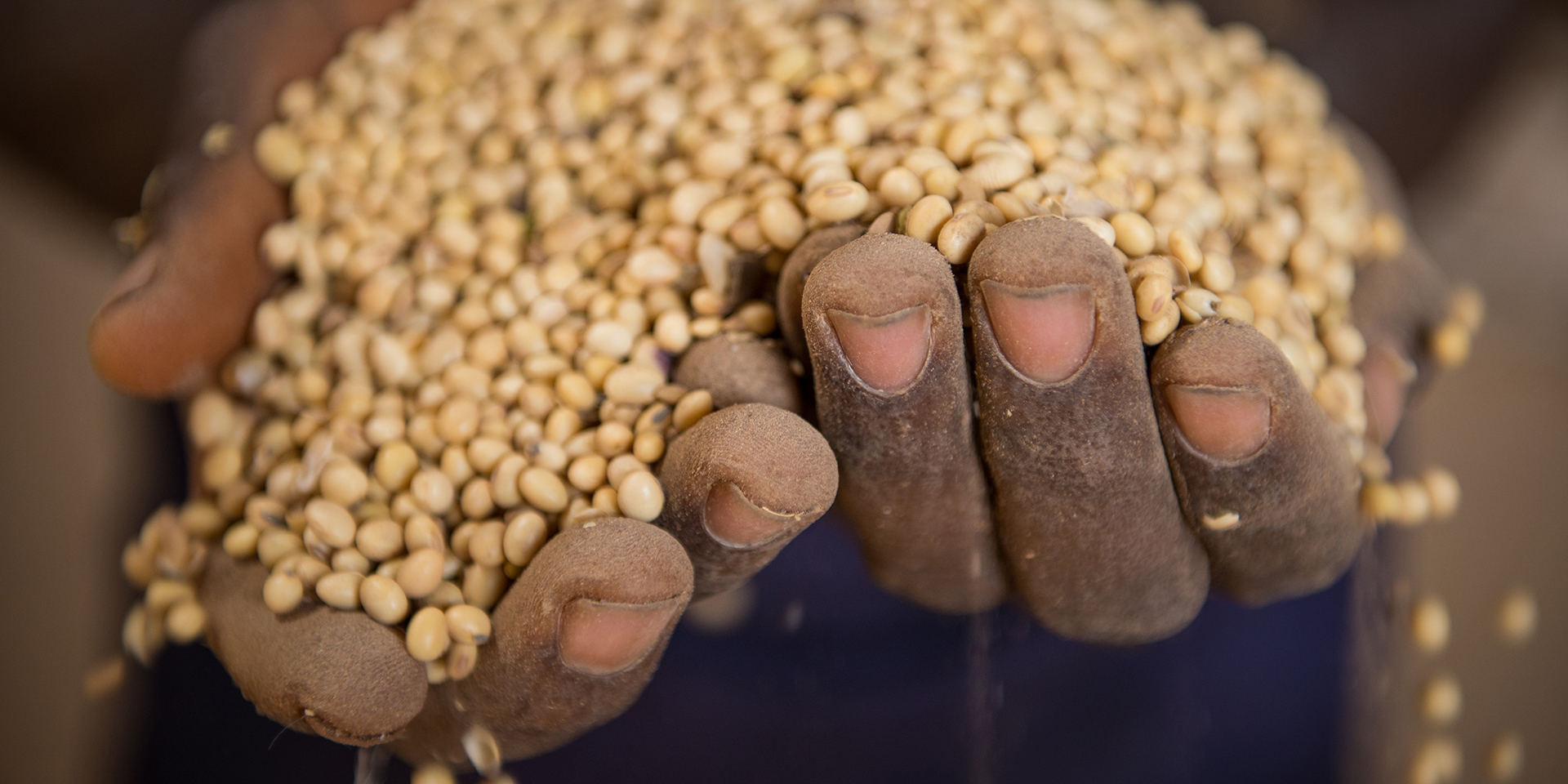
10 Lessons Learned for Facilitating an Inclusive Agricultural Market System
September 25, 2017 | 5 Minute ReadFrom incorporating women effectively to choosing the right time to introduce mechanization, Harvey Schartup shares advice from the USAID MARKETS II project in Nigeria.
Agriculture is vital to the continued diversification of Nigeria’s economy and to rural prosperity and food security for all Nigerians. The country’s agricultural market system is exceedingly complex. Building the sector requires a systems approach that encompasses entire targeted value chains. All links are important. Without a link to a profitable source of market demand, farmers will not invest in their farms. Without a reliable, affordable, and local source of quality raw materials, processors will not expand operations based on local materials and will not see local farmers as long-term partners. Without links to experienced extension services and market information, farmers will not be able to take advantage of market opportunities. Without reliable sources of quality inputs, farmers will not be able to efficiently produce the quantities or quality needed to meet market demand.
To inform future efforts, the USAID Maximizing Agricultural Revenue and Key Enterprises in Targeted Sites (MARKETS II) team and partners in Nigeria compiled cross-cutting lessons learned as part of its final year. These include:
1. Agriculture is not only farming
Producing, processing, and selling inputs are not the only ways to make money in a value chain. Each step from planting to delivery to end markets provides business opportunities for those entrepreneurial enough to identify and take advantage of them. In this way, one person’s problem is another’s opportunity. A growing cadre of farmer service providers are helping farmers and specific supply chains thrive, while building rural enterprises.
2. Increasing profit and decreasing effort retains youth in agriculture
Nigeria’s youth reject the drudgery, poverty, and isolation that previous generations of farmers endured. Perceptions are that people farm when they cannot do anything else and youth see farming as too much effort for too little money. Perceptions must be addressed early in the education and training process and show the benefits and opportunities that exist. Keeping youth in rural areas increasingly demands mechanization, a connection to the outside world, and evidence that agriculture can be a profitable — both for young farmers and farm service providers.
3. Farmers are rational decision-makers
Farmers consider different degrees of risk, like anyone else. For example, “copy catting” is a rational behavior if the farmer sees the benefit, just as subsistence farming is rational if there is no other access to food or markets. The team found that farmers are receptive to ideas and willing to take calculated risks if they have reason to believe that they can achieve a better outcome. Farmers will change behaviors if the new technology is appropriate, affordable, manageable, and makes a positive difference. Through a multi-faceted farmer training and support system led by buyer-linked local private sector and NGO extension service providers, farmers saw for themselves that investing in their farms would improve their income, living conditions, and food security.
4. A strong training platform can be used for multiple purposes
The MARKETS II training platform was designed primarily to help farmers develop new knowledge and skills to improve their yields, income, business opportunities, and food security. The curricula and methodology brought large numbers of farmers together as adult learners, allowing their interaction to facilitate behavior change processes. The methodology included a step-down component, expanding reach through farmers learning from lead farmers. The team capitalized on the platform to disseminate additional information to wider numbers of people, including nutrition education and raising awareness of new disease threats. The team also capitalized on training venues to create mini agricultural fairs, inviting input suppliers, mechanization vendors, and processors to demonstrate products and build relationships. The training platform has shown itself to be adaptable to a variety of audiences and value chains and has been adopted by more than 10 other organizations, including the Federal Ministry of Agriculture and Rural Development, multiple state extension services, and World Bank and DFID programs that target more than a million beneficiaries.
5. Understanding culture is necessary to incorporate women
Aiming for value chains and a market system inclusive of women requires cognizance of cultural, religious, and regional factors. For example, the team reduced the hectare requirement for women’s participation in response to their limited access to land. The project employed female staff, consultants, extension agents, and lead farmers to provide models for women, respond to women who are more receptive to learning from women, and improve access for women where it is culturally sensitive for male and female interaction. Finally, the project targeted opportunities throughout value chains that were more accessible to women, such as drip irrigation, household gardening, beekeeping and pollination, composting, and creating small-scale processing and trading businesses.
6. Correct use of quality inputs is a recipe for success
Quality inputs are costly but when farmers see that benefits outweigh costs, they are willing to invest. Demonstration plots by lead farmers have successfully convinced networked farmers that improved input use is worth the price. Ensuring access to affordable, high-quality inputs is vital to continuing the gains achieved. The system and business models for input suppliers needs to continue to adapt to locate increased stocks of quality inputs closer to farming communities.
7. Mechanization improves efficiency but farmers and the market must be ready
Mechanization encourages expanded cultivation, reduces post-harvest loss, and addresses manual labor shortages, but certain prerequisites must be in place. Farmers invest in mechanization when they see demonstrated benefits in terms of productivity. Affordability is an issue, but not every farmer needs to own equipment. Producer organizations can pool funds to buy equipment and provide services to members and other farmers in the community, and can turn this into an income stream. But to make mechanization efforts successful, operators need to know how to properly run equipment and have access to trained mechanics for repair services and spare parts. Our experience showed that despite willingness to buy and use equipment, lack of familiarity with equipment resulted in less than optimal use or even damage. Project staff, partners, and equipment suppliers are generally not knowledgeable and offer limited support. Equipment suppliers need to sell standardized equipment, have readily available spare parts, provide customer support, and offer effective operation and maintenance training. Currently there is a shortage of equipment trainers and mechanics, but on the plus side, this offers extensive business opportunities.
8. Significant potential in dry-season irrigated farming
The team promoted dry-season farming with two objectives: to take advantage of business opportunities in the dry season and as compensation to mitigate losses from wet-season flooding or drought. The team, its buyer-linked local NGO and private sector extension partners, and networked farmers showed that dry-season rice and maize farming works: Farmers are adopting practices, and processors value the reliable year-round paddy and maize supply. Importantly, dry-season production can be significantly expanded through repair and maintenance of existing canals. There is also significant opportunity to expand low-cost dry-season vegetable production. We found that farmers, particularly women’s groups, will readily invest in low-cost drip irrigation to produce dry-season vegetables, decreasing costs and time for collecting water while increasing income and improving household nutrition.
9. Commercial banks are not the only source of credit
Bridging the gap between commercial banks and smallholder farmers has been a tall order in Nigeria, with commercial banks hesitant to loan to smallholders. And although microfinance banks are embedded in the rural economy and can better adapt to the requirements of agricultural finance lending, their products do not always align with the farming cash flow cycle. The team was able to make headway with a few risk-taking microfinance banks that saw a market opportunity when linked with MARKETS II processor partners’ outgrower schemes. The microfinance banks were open to expanding their portfolio to include products that were more suited to farming as they saw a growing and stable market in lending to end buyer-linked producer organizations. In the last year of the project, other microfinance banks have begun to “crowd in” as they see their competitors succeed.
10. Long-term consistency in programming was key to sector momentum and imitation
With a range of interventions that changed behaviors and increased sales and incomes, MARKETS II became a known and trusted partner in Nigeria. The team partnered from the get-go with end-buyer processors, traders, producer organizations, financial institutions, and private sector and NGO extension providers to test methods and training approaches in the field, and adapt them to additional value chains and targeted populations. This resulted in experiential proof of the approaches’ effectiveness and allowed the project to move into new value chains efficiently. By acting as a consistent partner to actors throughout the sector, MARKETS II helped actors to build trust among themselves, demonstrate the effectiveness of the approaches, witness their peers’ success using recommended technologies, and share successes with stakeholders for replication. A range of value chain actors are now investing independently in specific practices and schemes promoted by the project.





